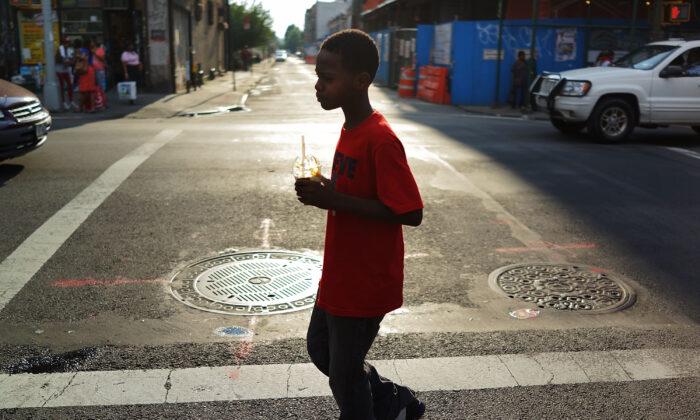Although crime and poverty rates are two issues that are widely discussed within the American political discourse, the needle hasn’t been moved in minimizing either.
Each side of the political duopoly continues to pontificate its perspective on strategies to alleviate poverty and crime, yet both issues have continued to persist and sometimes even worsen. The Democrats argue that lowering poverty rates via government-funded programs will in turn lower crime rates. The Republicans, on the other hand, believe that reducing crime rates through stricter crime enforcement policies will result in lower poverty rates.
The Importance of the Family
Family has always been the solution to minimizing crime and poverty within a nation. Before we address how family units affect crime and poverty rates, we must first understand how the family dynamic has changed over the course of time.According to analyses by a nonprofit known as Child Trends, the number of children born to unwed mothers continues to increase regardless of the education level of the mother. Marriage rates continue to decrease, with blacks and Hispanics having the most substantial declines among all racial groups.
Since the deterioration of the family unit is occurring across racial lines, it has a substantial effect on society at large, especially with respect to the gradual increases in the levels of crime and poverty in the country.
Policymakers, sociologists, and psychologists have long understood the association between broken family units and the crime rates within a community. Empirical evidence provides a thorough understanding of the root causes of crime. It starts with the breakdown of the family unit.
The research supports the correlation between the breakdown of the family unit and crime, but there’s an even stronger correlation between the breakdown of the family unit and poverty.
With respect to poverty rates, the current focus has been on reducing income gaps between racial groups. Much of the discourse that surrounds this initiative has been aimed toward minimizing disparities between racial groups to produce desired equitable outcomes. This approach is over-simplistic and assumes that these disparities exist solely because of racial inequalities while ignoring distinct differences among family structures between racial groups that portray a much clearer understanding as to why such income disparities exist to begin with.
U.S. Census Bureau figures from 2016 provide a general picture of how the breakdown of the family unit has been conducive to poverty rates. According to Samuelson, the poverty line for a family of four (including two children) was approximately $25,000. A total of 40.6 million Americans had incomes below this threshold. Of these 40.6 million, about 5 million were single parents, and almost 9 million children younger than the age of 18 were living in these single-parent homes. This means that nearly 14 million (a third of all people in poverty) were living in single-parent homes.
It’s time for our elected officials to do away with partisan politics and put their party loyalties to the side for the greater good of the nation. The elimination of crime and poverty and the preservation of our children’s future are issues that all Americans can unite under. The policy initiatives set forth by our Democrat and Republican officials do very little to address the growing problem of poverty and crime within our nation. Family has been and will forever be the bedrock for the success of any civilization. As it stands, it’s the antidote to the two societal ills that continue to plague our nation.



Friends Read Free